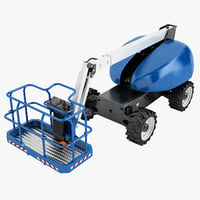

“If you want to make big parts or lots of really small parts, it’s prohibitively slow and expensive.” Hopkins has shown an alternative with a much wider neck. “Laser sintering is a bottleneck to the whole process,” says Hopkinson of the method that stacks one layer on top another, fusing them with a laser. pointed to just what needs to change to exploit that potential, and for the cost of the part to come down: if additive techniques could pick up the pace, to the tune of somewhere between four and ten times as fast as the current rate of 3D printing production, the technology would become competitive with anything else found on a factory floor. “The biggest resistor is the cost of a part.”Ī recent paper in the U.K.

“People are beginning to see the potential for high volume,” says Neil Hopkinson, a professor of mechanical engineering at the University of Sheffield, in the U.K. When it comes to the world of mass production, manufacturers continue to turn to other technologies. The cars, guns, and oddball chess sets made by 3D printers are mere curios, made by the handful. When put to work in industry, it’s limited to whipping out a few prototype variations, one-off pieces, or parts that require only a very short print run.

In the public imagination, the technology belongs in a science museum, or sitting on some DIY hobbyist’s desk. Despite the fact that it can be used to make pretty much anything, 3D printing has already been pigeon-holed.


 0 kommentar(er)
0 kommentar(er)
